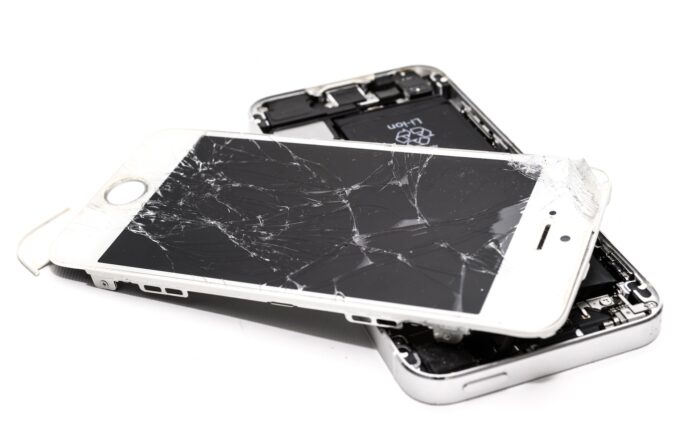Scientists have long known that pollution is a big problem in Canada, but one area we haven’t studied in as much detail is electronic waste. Covering everything from televisions to children’s toys to old cell phones, e-waste has only become more prevalent over the past few years as our dependence on electronics has grown.
Now, thanks to new research from the University of Waterloo, Canadians have a better sense of just how big our e-waste problem really is. Through the use of a mathematical model, the researchers behind the study found that e-waste has more than tripled over the past two decades in Canada. Their results were published in the Journal of Hazardous Materials.
As cell phones, laptops, and other electronic devices have become a bigger part of our lives over the past few decades, it’s no surprise that the amount of e-waste we’re generating has also increased. There are a number of environmental concerns associated with e-waste — including the fact that many electronics contain toxic, non-biodegradable components — and unfortunately, proper recycling infrastructures aren’t necessarily available around the country.
To learn more about this issue, and how we can expect it to grow in the coming years, the team behind the study carried out the first comprehensive review of e-waste generation in Canada. To do this, they gathered data on the import and export of products which result in e-waste in Canada, as well as estimates of how many of these products are in use each year.
Using these numbers, the researchers modeled e-waste generation in Canada and predicted how this is expected to increase in the coming years. They found that the amount of e-waste generated per person has increased from 8.3 kilograms in the year 2000 to 25.3 kilograms in the year 2020. By 2030, they expect this number to increase to 31.5 kilograms.
The study revealed that the bulk of this e-waste is made up of large household appliances, including refrigerators and washing machines. Yet when it comes to quantity, the most common item contributing to the e-waste problem is household lighting. This was followed by children’s toys and sports equipment, as well as information technology such as cell phones and laptops.
Overall, the results of this study highlight the fact that e-waste is a problem in Canada — and it’s only going to increase over the next decade. The authors hope that policymakers will take this information into account and seek out ways to reduce, reuse, and recycle e-waste.
“This study provides useful insights to policymakers for setting up targets for e-waste reduction and recycling to recover valuable resources from e-waste,” said Komal Habib, an assistant professor in the University of Waterloo’s School of Environment, Enterprise, and Development and corresponding author of the study, in a press release.
“E-waste could also help to create a secondary supply chain of critical materials, reducing the risks of potential supply disruptions.”




































